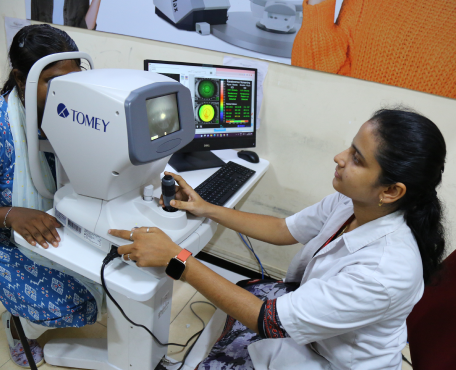Corneal and External Eye Diseases
Corneal and external eye diseases refer to a range of conditions that affect the cornea, the clear, dome-shaped surface that covers the front of the eye, as well as the conjunctiva, eyelids, and the lacrimal system. These components play crucial roles in protecting the eye and ensuring clear vision. Here are some common corneal and external eye diseases:
- Corneal Ulcers: Open sores on the cornea, often caused by infection with bacteria, viruses, fungi, or parasites. They can be painful and may lead to vision loss if not treated promptly.
- Keratitis: Inflammation of the cornea, which can be infectious (caused by bacteria, viruses, or fungi) or non-infectious (due to dry eyes, trauma, or other diseases).
- Dry Eye Syndrome: A condition where the eyes do not produce enough tears, or the tears are of poor quality, leading to inflammation and discomfort.
- Conjunctivitis (Pink Eye): Inflammation of the conjunctiva, the thin, clear tissue that lies over the white part of the eye. It can be caused by infections, allergies, or irritants.
- Blepharitis: Inflammation of the eyelids, often due to skin conditions or bacterial infections.
- Corneal Dystrophies: A group of inherited disorders that usually affect both eyes and involve the buildup of abnormal material in the cornea, leading to clouding and vision impairment.
- Pterygium and Pinguecula: Growth of fleshy tissue on the conjunctiva that can extend onto the cornea (pterygium) or remain confined to the conjunctiva (pinguecula). These are often related to UV light exposure.
- Corneal Ectasia: Thinning and bulging of the cornea, as seen in conditions like keratoconus and post-LASIK ectasia.
- Ocular Surface Tumors: Including benign and malignant growths that can occur on the surface of the eye.


